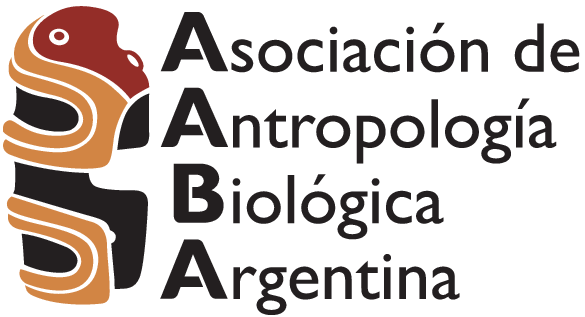NAT2 and oral clefts: evaluation of genetic risk and the relative importance of embryo and maternal genotypes
DOI:
https://doi.org/10.17139/raab.2019.0021.01.08Abstract
Non-syndromic cleft lip with or without cleft palate (NSCLP) is a congenital malformation that shows the characteristics of a multifactorial pathology. In order to describe the genetic predisposition to this disorder, NAT genes were analyzed with special interest since they codify for N-acetyltransferases, the enzymes responsible for the biotransformation of arylamines, hydrazine drugs and a great number of toxins and carcinogens present in diet, cigarette smoke and the environment. The allelic transmission of NAT2 that determines the slow acetylator phenotype in 174 trios (case-mother/father) from ECLAMC (Latin American Collaborative Study of Congenital Malformations) maternities in Argentina was evaluated. The *4, *5B, *6, and *7 variants by PCR-RFLP were analyzed. A higher risk for the 5B*5B* genotypes (OR=2. 24; p=0.050) was found, at the expense of the cases from Patagonia, without the influence of the maternal genotype.
Downloads
Metrics
Downloads
Published
How to Cite
Issue
Section
License
The RAAB is a diamond-type open access journal. There are no charges for reading, sending or processing the work. Likewise, authors maintain copyright on their works as well as publication rights without restrictions.



























